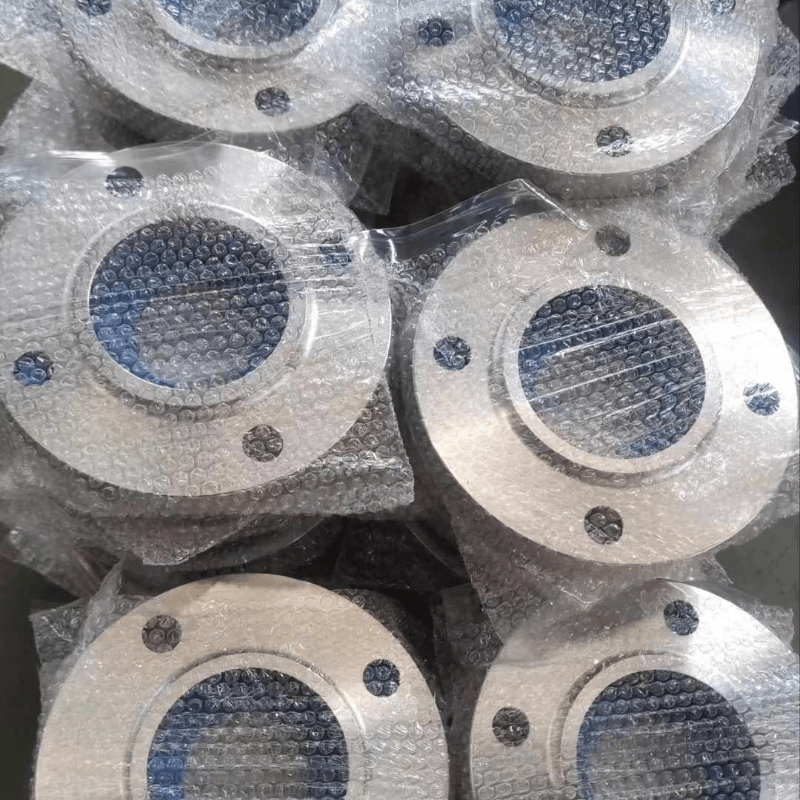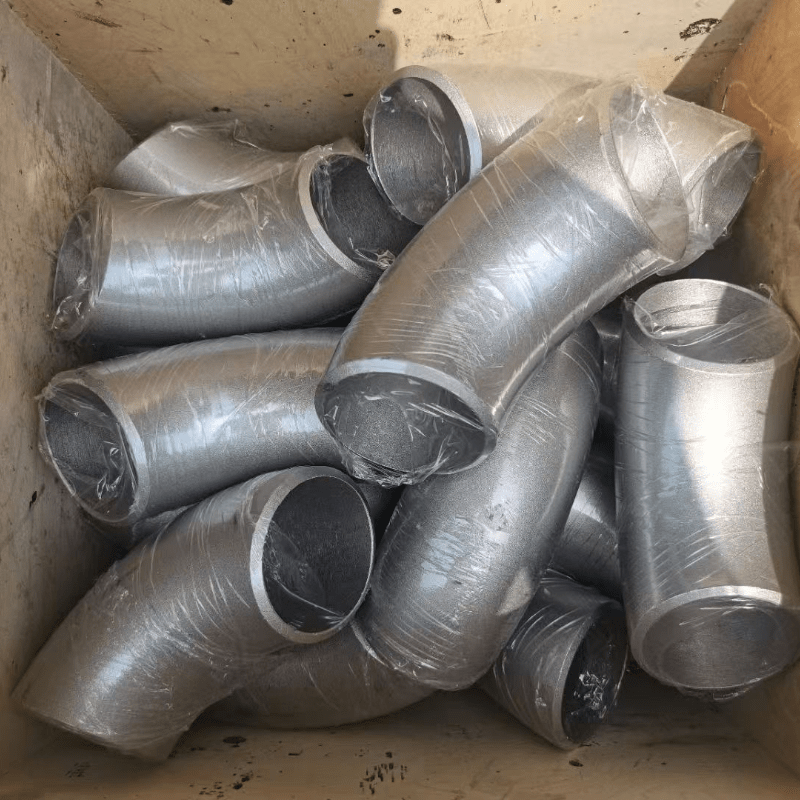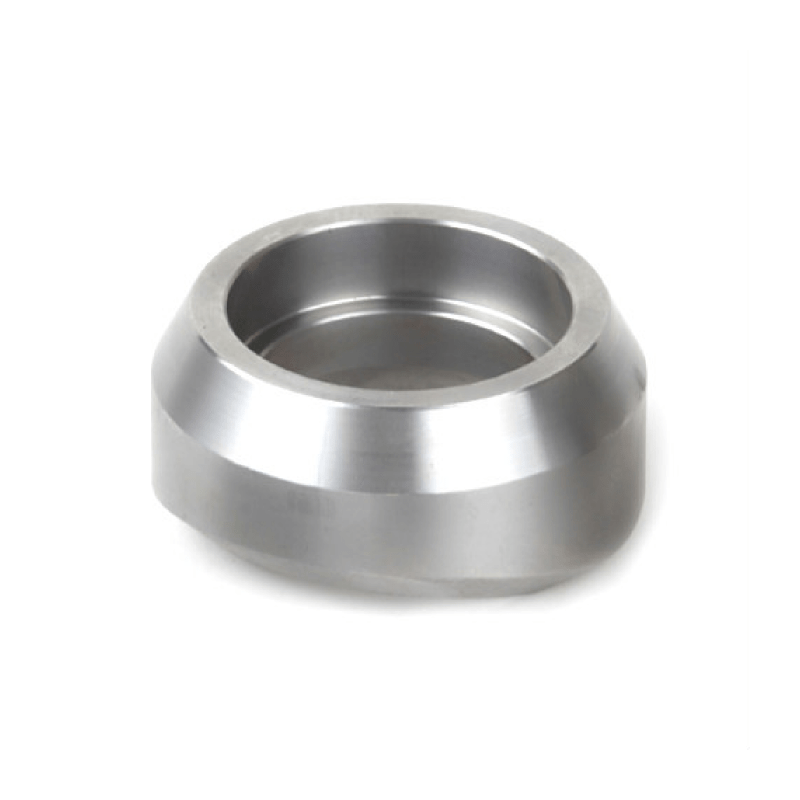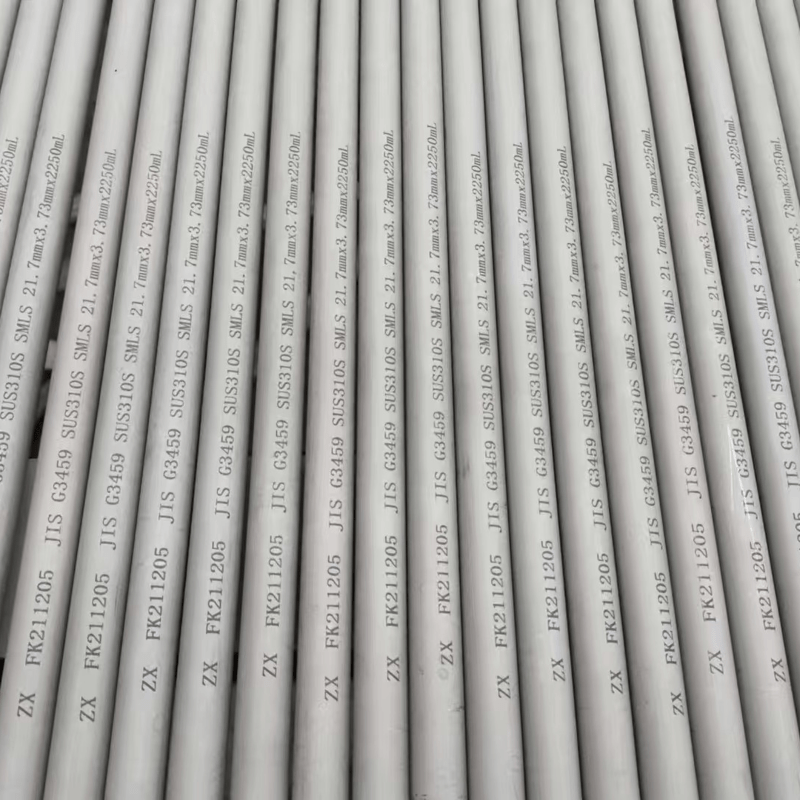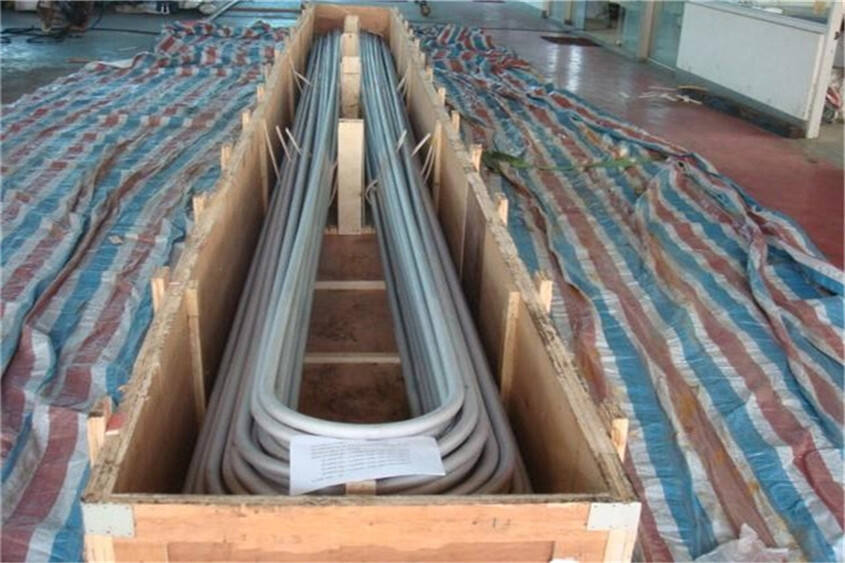Cost-Effective Longevity and Durability
The investment in stainless steel pipes demonstrates exceptional value through their remarkable longevity and durability characteristics. These pipes consistently deliver service lives exceeding 50 years under normal operating conditions, significantly outperforming alternative materials. The superior corrosion resistance, particularly in grades like 316L, eliminates the need for protective coatings or regular replacement, substantially reducing lifetime maintenance costs. This durability factor becomes especially significant in challenging environments where other materials might require frequent replacement. The initial cost premium is effectively offset by minimal maintenance requirements and extended service life, resulting in lower total ownership costs. Additionally, the material's inherent strength allows for thinner wall constructions without compromising performance, optimizing material usage and cost efficiency.

